S3 Bucket
Custom Origin (HTTP)
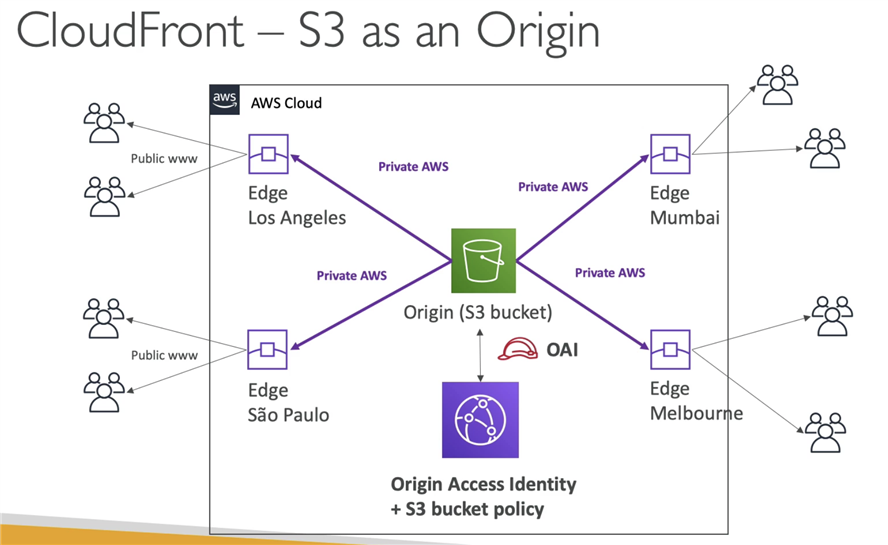
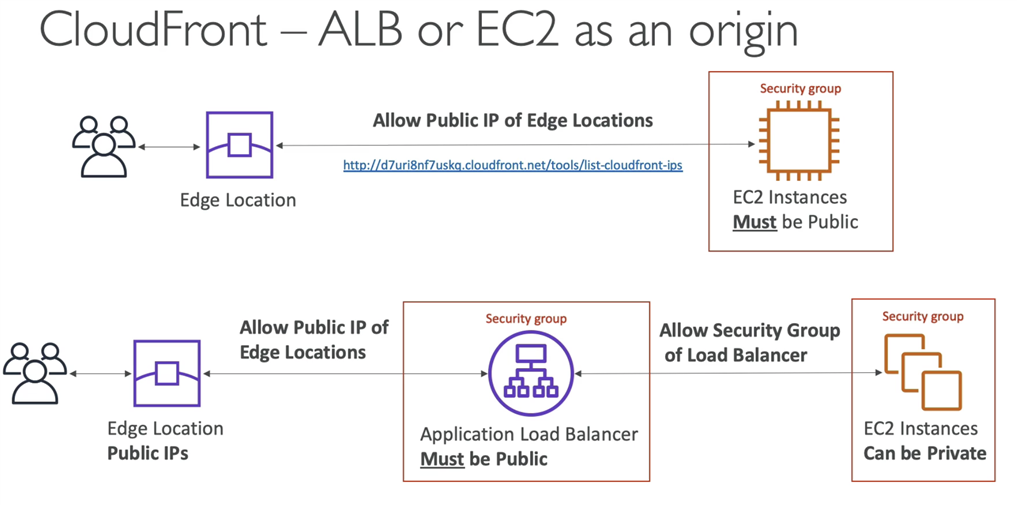
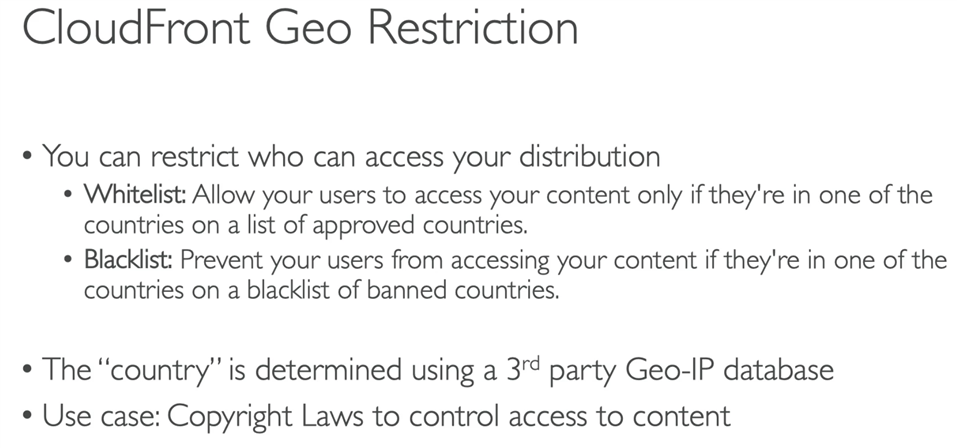
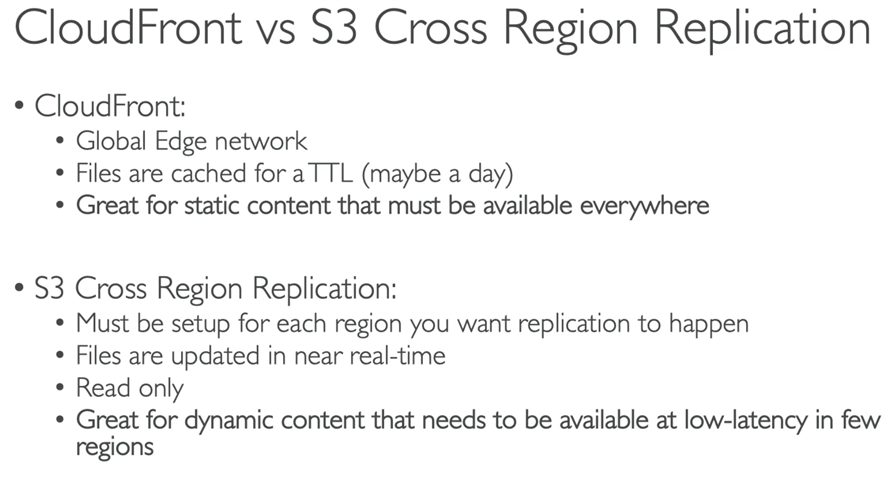
When create distribution:
![]()
It will update S3 bucket policy that only allow CloudFront to access the objects inside bucket.

When doing CloudFront caching, we can divide two types of cache
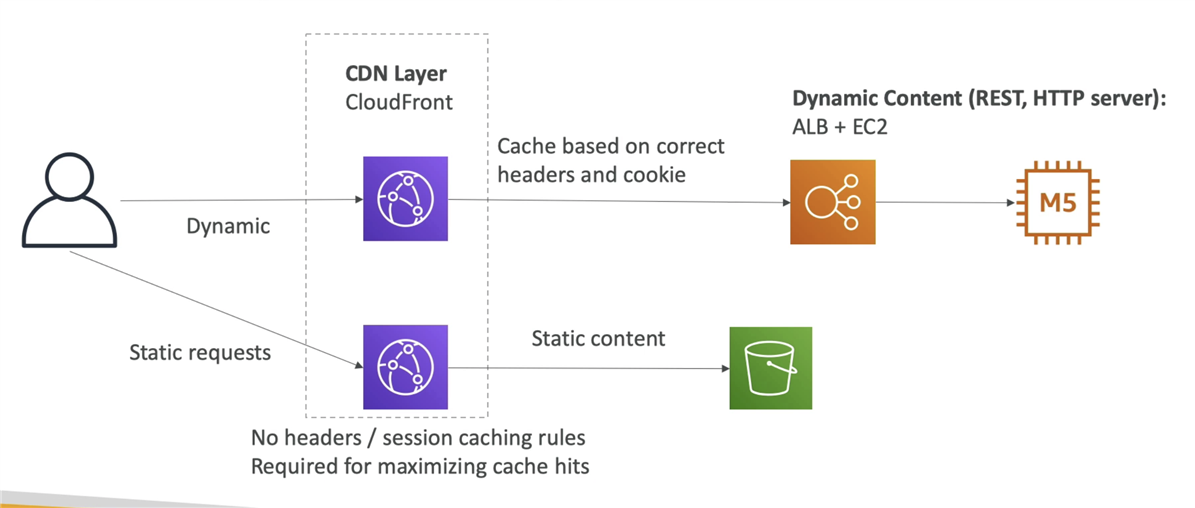
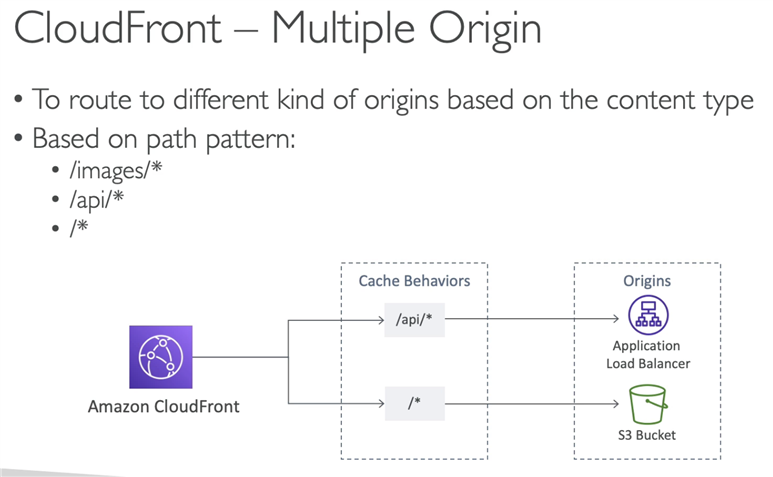
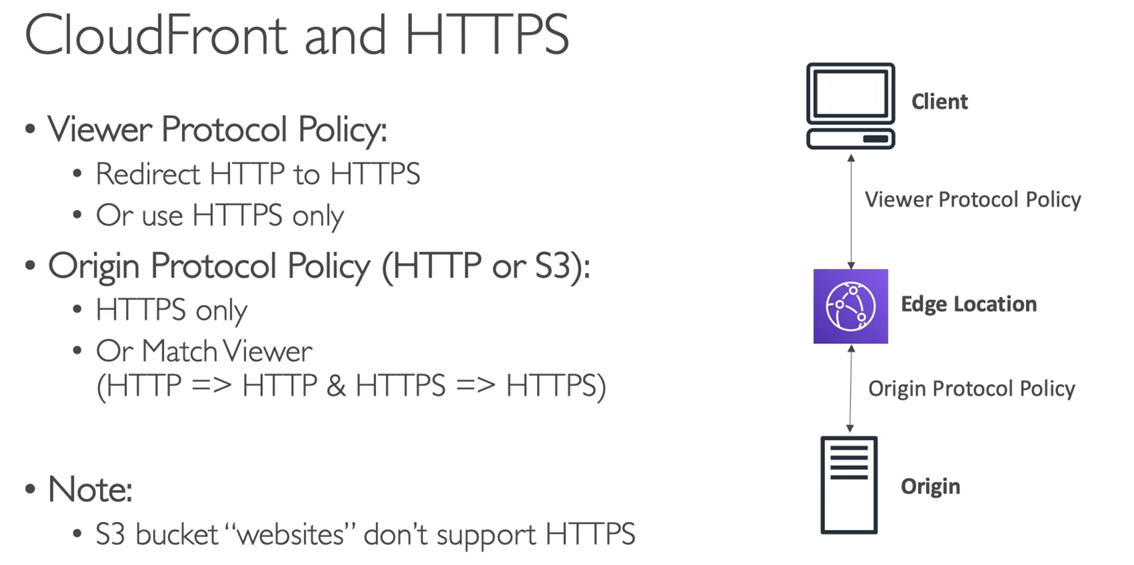
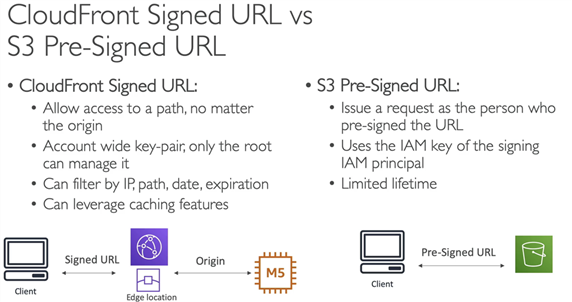
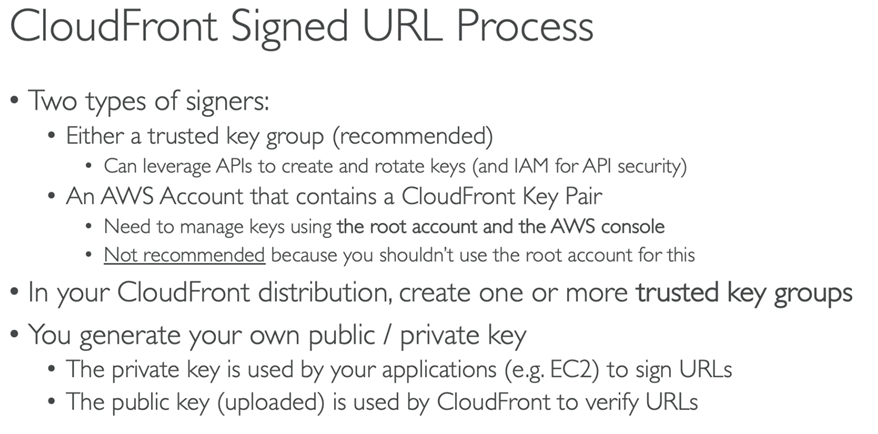

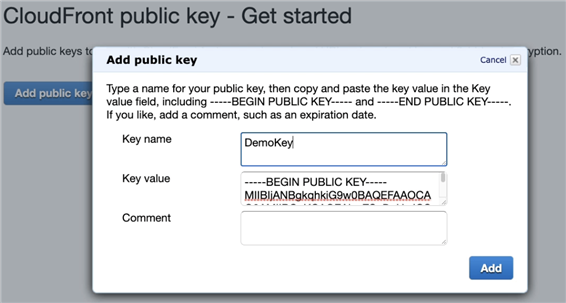
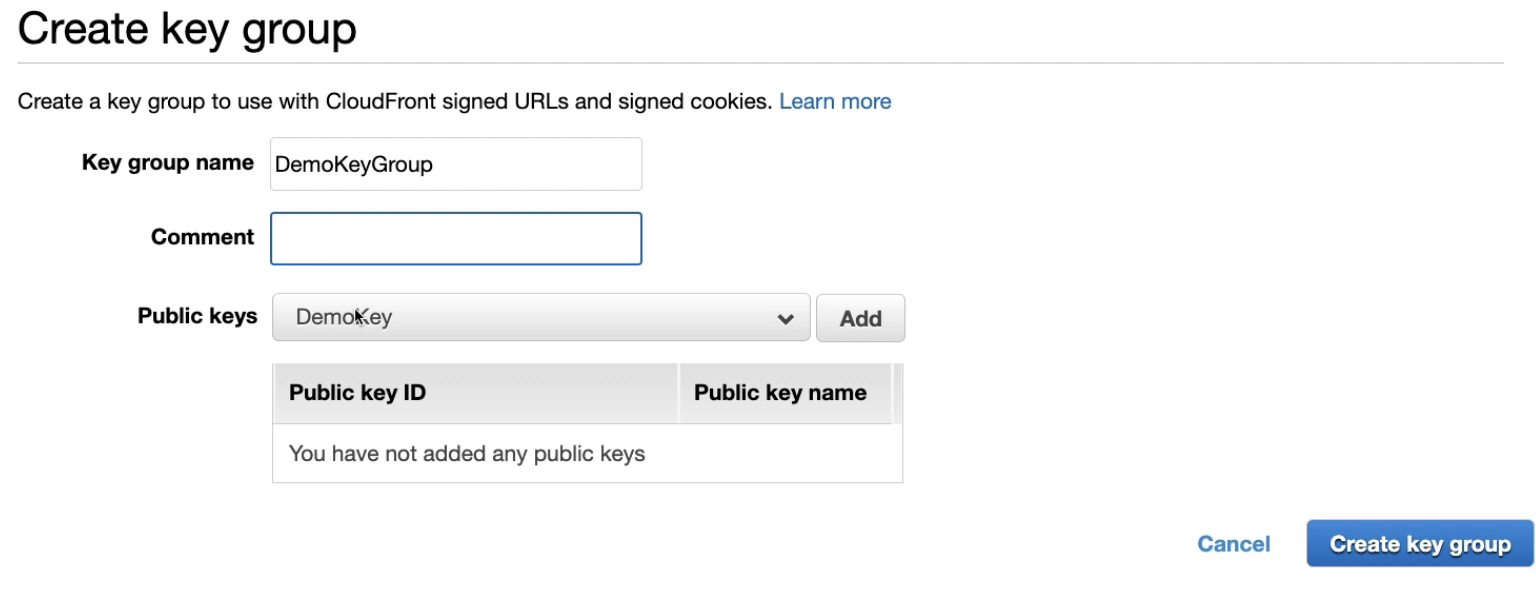
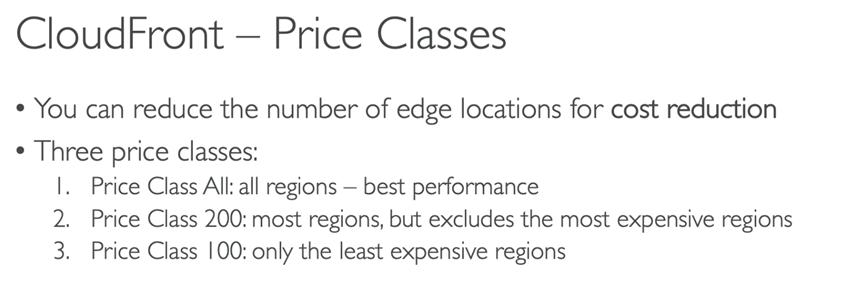

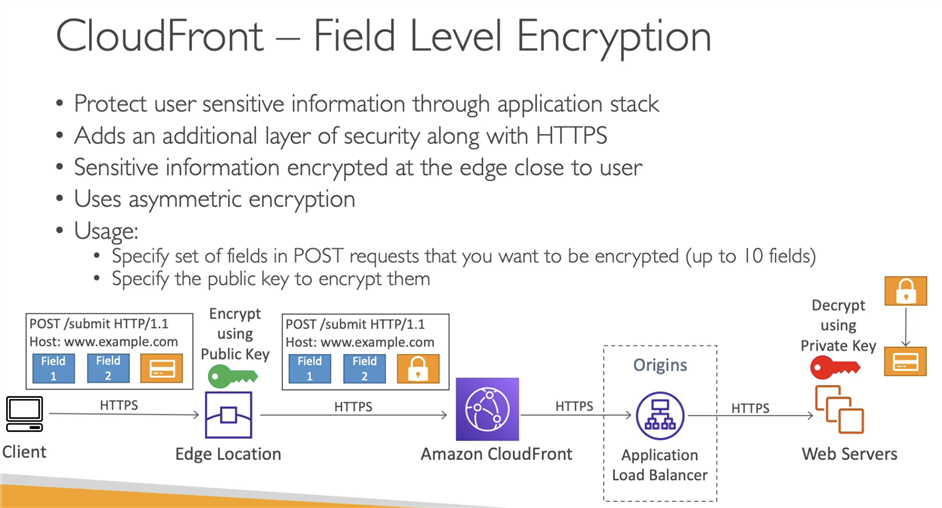
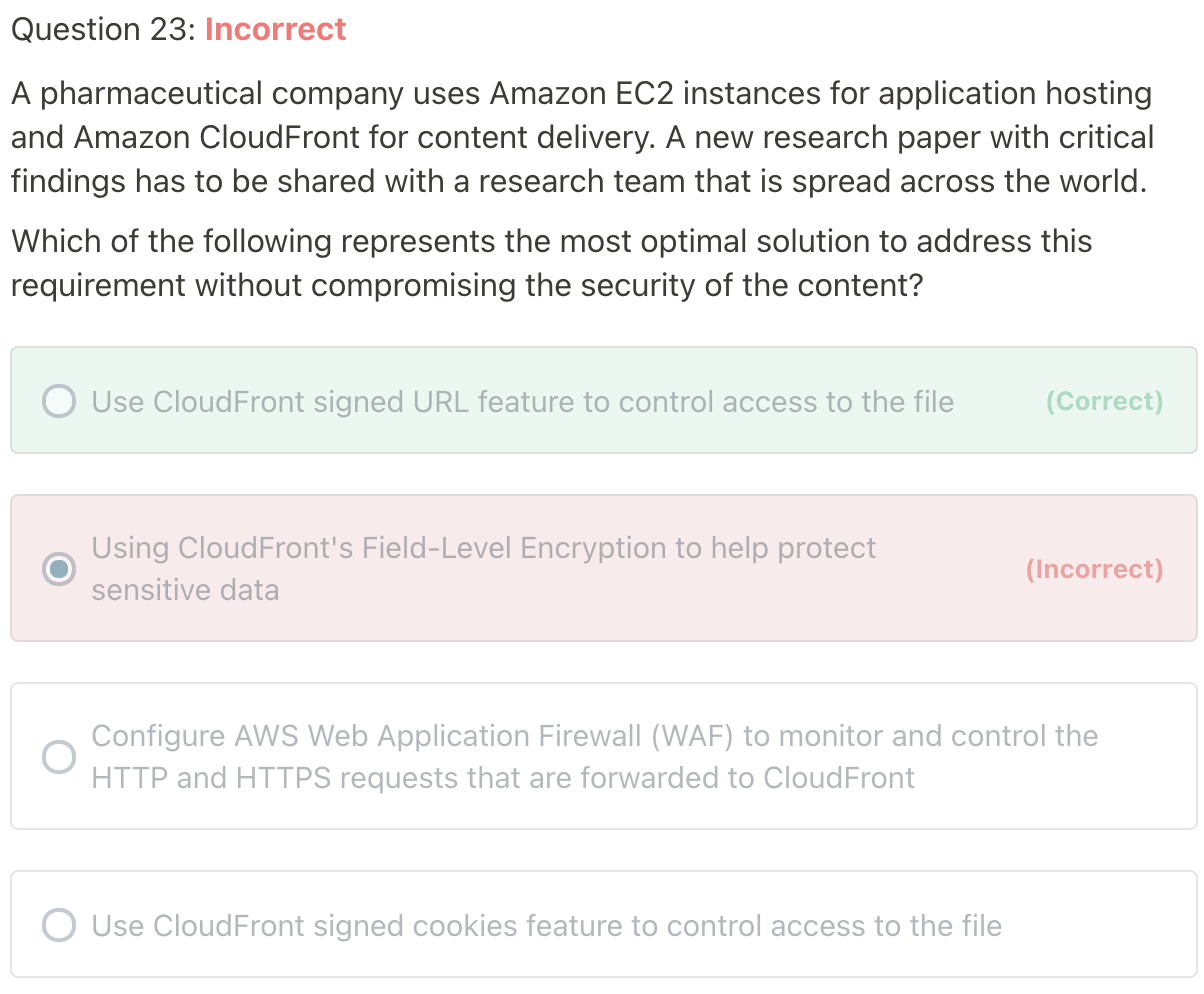
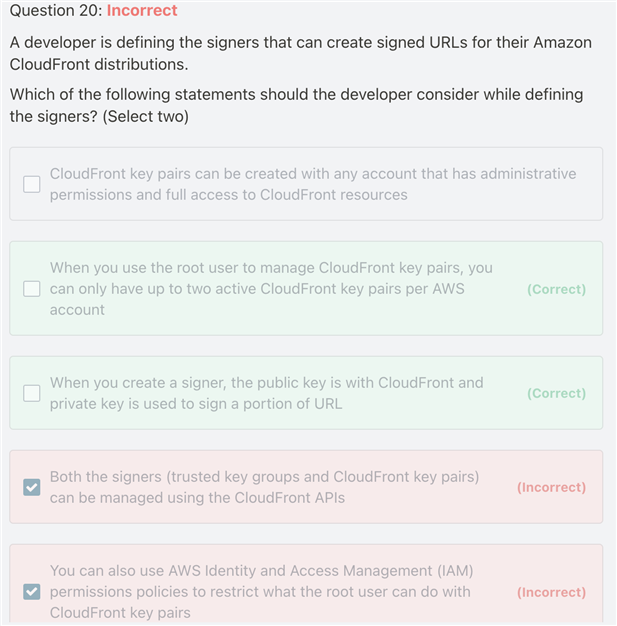
When you create a signer, the public key is with CloudFront and private key is used to sign a portion of URL - Each signer that you use to create CloudFront signed URLs or signed cookies must have a public–private key pair. The signer uses its private key to sign the URL or cookies, and CloudFront uses the public key to verify the signature.
When you create signed URLs or signed cookies, you use the private key from the signer’s key pair to sign a portion of the URL or the cookie. When someone requests a restricted file, CloudFront compares the signature in the URL or cookie with the unsigned URL or cookie, to verify that it hasn’t been tampered with. CloudFront also verifies that the URL or cookie is valid, meaning, for example, that the expiration date and time haven’t passed.
When you use the root user to manage CloudFront key pairs, you can only have up to two active CloudFront key pairs per AWS account - When you use the root user to manage CloudFront key pairs, you can only have up to two active CloudFront key pairs per AWS account.
Whereas, with CloudFront key groups, you can associate a higher number of public keys with your CloudFront distribution, giving you more flexibility in how you use and manage the public keys. By default, you can associate up to four key groups with a single distribution, and you can have up to five public keys in a key group.
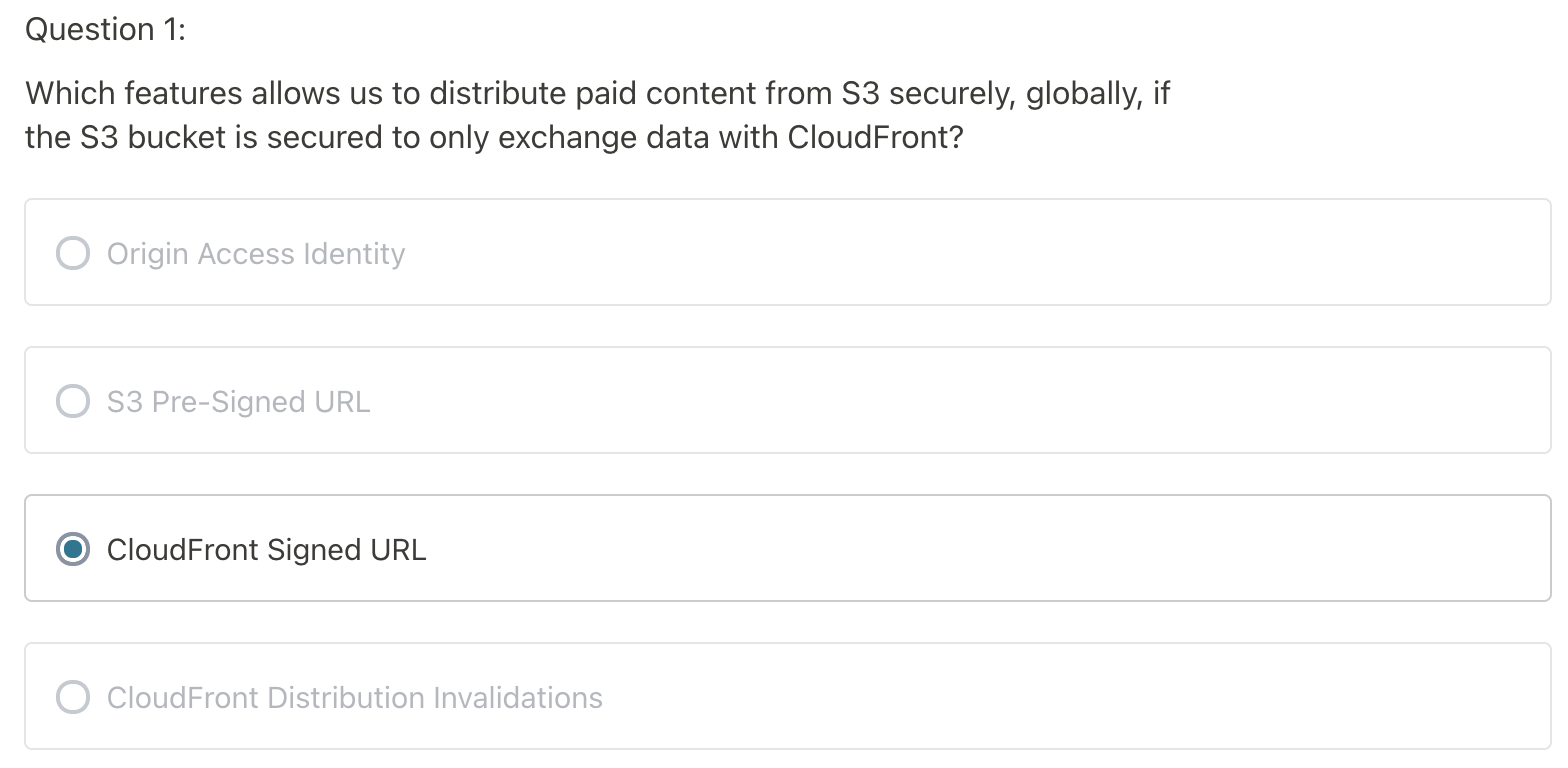
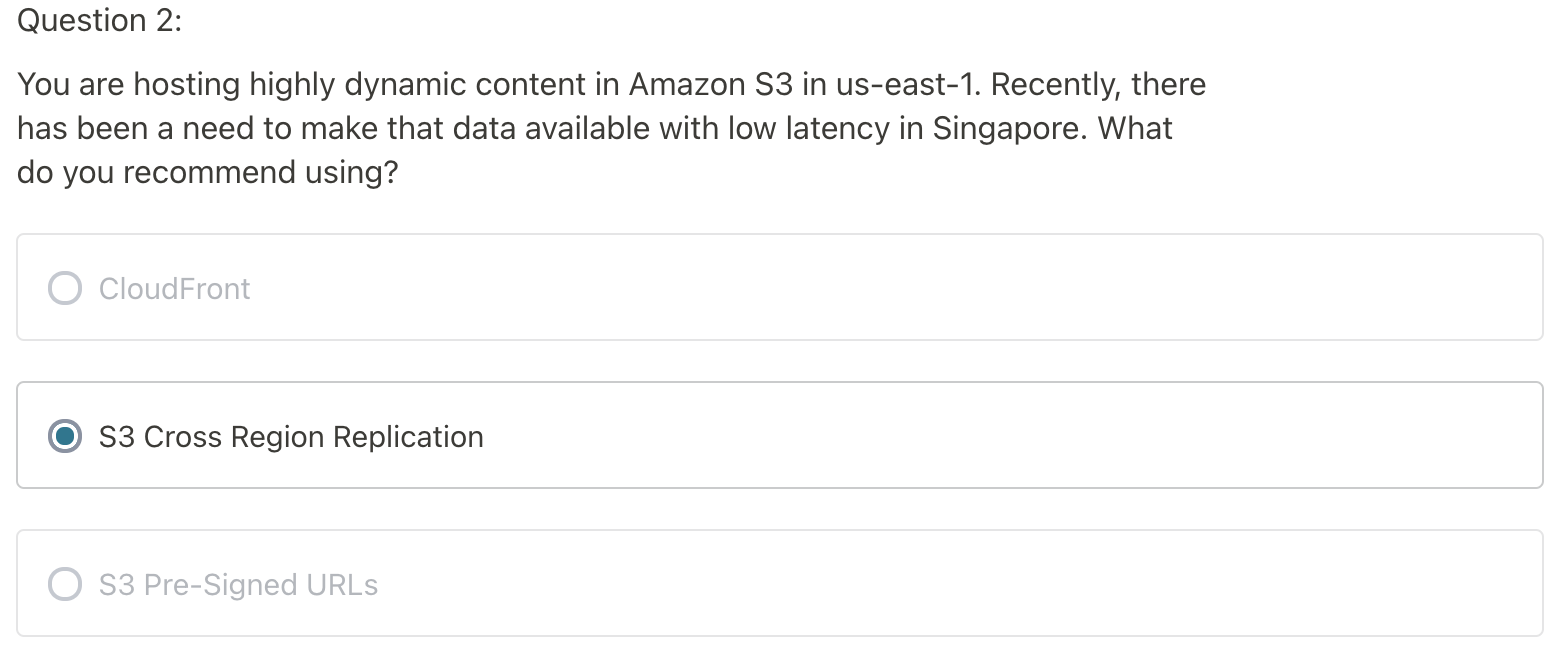
High dynamic is not suitable for CloudFront caching
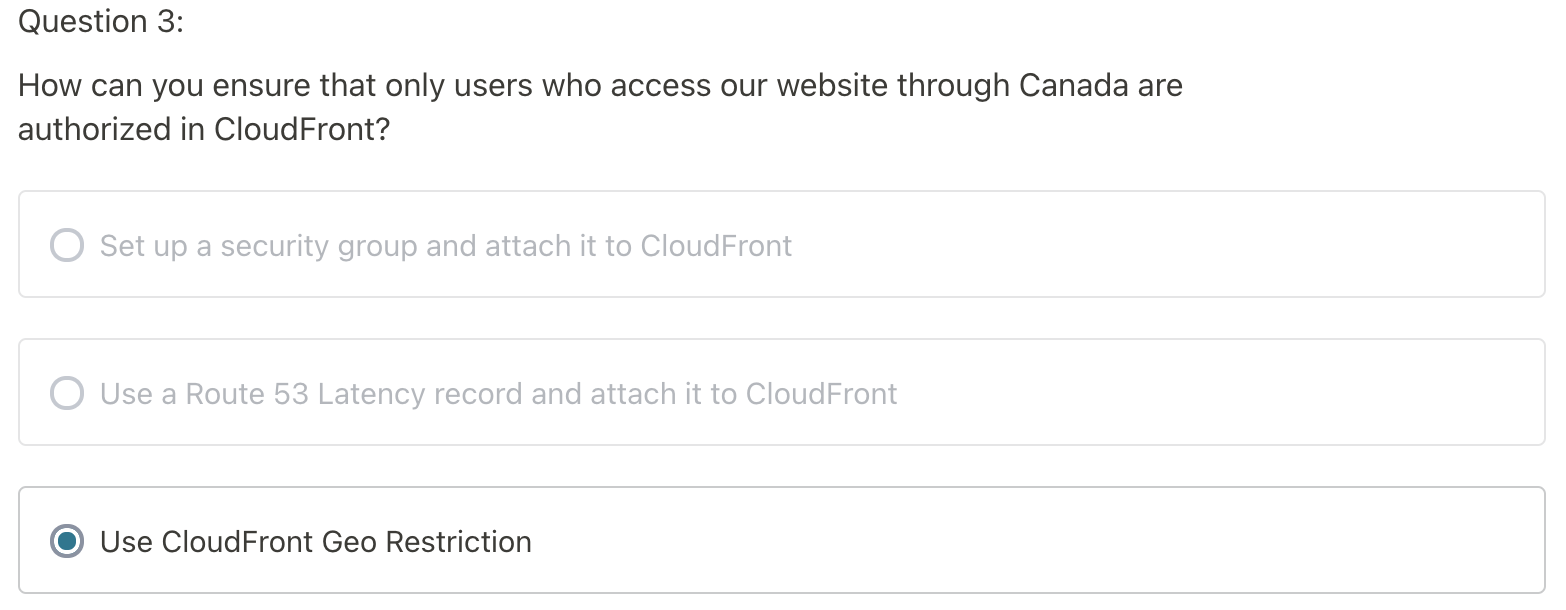
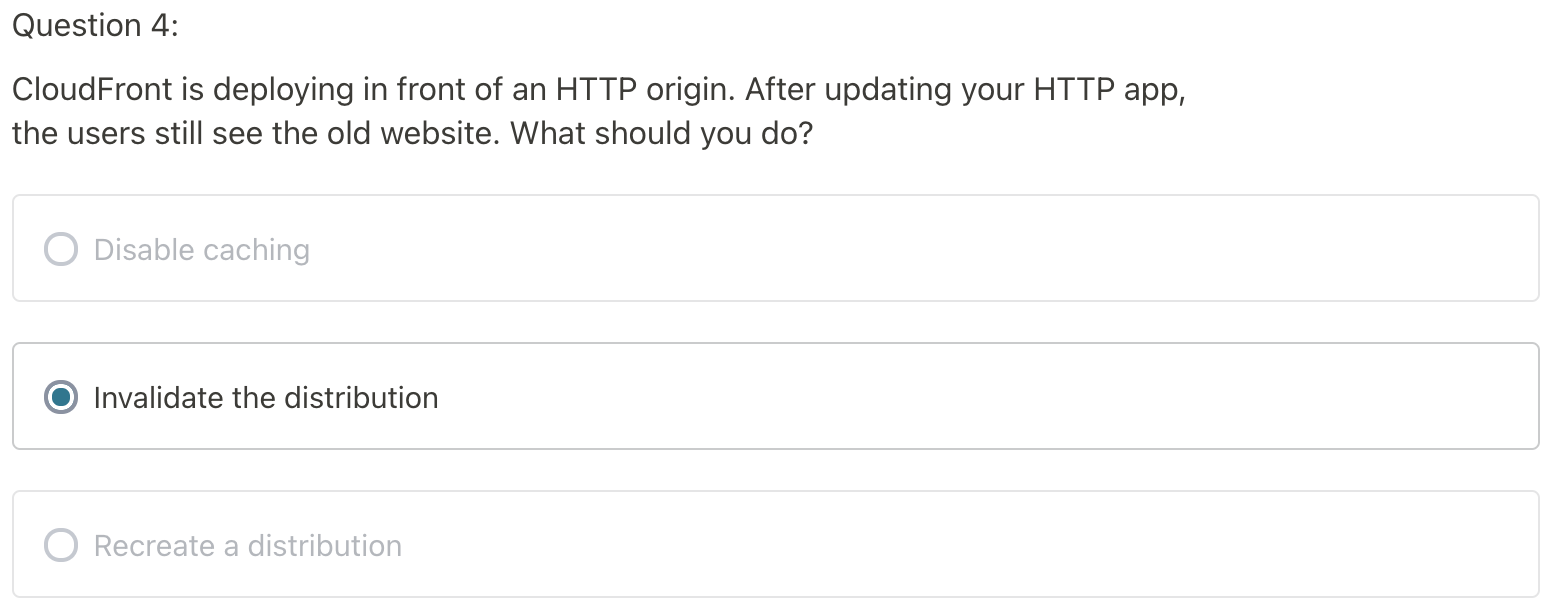
原文:https://www.cnblogs.com/Answer1215/p/14854448.html